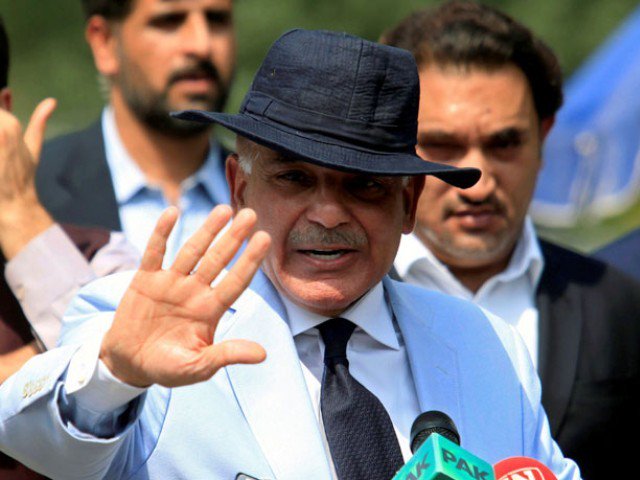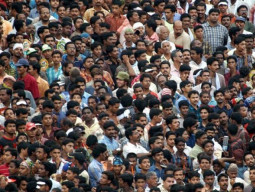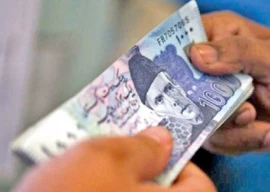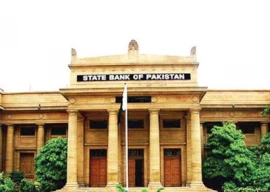
Seats in the National Assembly are allocated to the four provinces largely on the basis of population. Punjab, being the most populous province, gets more than half the seats in the assembly.
This might also result in a proportionate reduction in Punjab’s share in the federal divisible pool in the National Finance Award. About 82% of the federal divisible pool is distributed on the basis of population.
While demarking constituencies, in order to reduce Punjab’s dominance in the Centre, the province was given fewer seats proportionate to its population size in 2002, when the last proper delimitation was carried out. That was on the basis of the 1998 census, which listed Punjab’s population at 73.62 million, while the total population of the country was 132.35 million. Based on the population formula, the 272 directly elected seats should have had average constituencies of 486,589 people.
PPP rejects census, announces holding of APC
With around 10% variation, constituencies are marked on the basis of population and geographical contingency.
Punjab would have 151 seats if the population formula had been strictly followed, but it had been allocated only 148 directly elected seats, with the other three adjusted among the smaller provinces and regions.
According to provisional data for the 2017 census, Punjab’s population grew at an annual rate of 2.13%, which was the lowest among all the federating units. It was also the only federating unit to stay below the national average of 2.4%.
If the population formula is followed now, and parliament decides to partially amend Article 51, which deals with the number of National Assembly seats, Punjab’s share will have to be reduced further due to its lowered share of the population.
Another option available with parliament would be to increase the total number of seats in the national and provincial assemblies, which seems unlikely.
Census results: Just over 10,000, transgender people only 0.005% of Pakistan's population
Gains abound
Apart from Punjab’s 148 seats, the National Assembly currently has 61 seats for Sindh, 35 for Khyber-Pakhtunkhwa (K-P), 14 for Balochistan, 12 for the Federally Administered Tribal Areas (FATA), and two for Islamabad Capital Territory (ICT). There are also 60 indirectly elected seats reserved for women and 10 for non-Muslims.
If the assembly’s size remains the same, with the new population figure of 207.8 million, an average constituency will have 763,877 residents.
If the population-based formula is strictly followed in the new delimitations, Punjab’s population of 110.01 million people will have 144 seats to represent them – four fewer than its current delegation.
K-P might see the highest gains, with up to five seats being added to its current 35 in the National Assembly.
Provisional census results show an annual growth rate of 2.89% in K-P – the third highest among the federating units and above the national average. KP’s population now stands at 30.523 million – which is 14.69% of the total population, as compared to 13.4% in 1998.
Census 2017: Family size shrinks
Balochistan is likely to be the second-largest beneficiary, with its population meriting two more seats in addition to its current quota of 14.
Balochistan’s population stands at 12.344 million, or 5.94% of the total population, according to the 2017 census. The province’s annual growth rate remained 3.37% – the highest among the provinces and second only to ICT.
In the past 19 years, its population has grown by 5.8 million or 88%. Its population share in the 1998 census was only 4.96%.
Sindh’s annual growth rate remained 2.41% – slightly above the national average. The second-most populous province is home to 47.886 million people or 23% of the total population. They are represented by 61 MNAs while calculations show this figure should be between 62 and 63.
ICT’s population is now two million, which is 1.2 million higher than in the 1998 census. In terms of percentage, it has grown by 149% over the last 19 years. ICT currently has two seats in the lower house of parliament while its population share of 2.62 would suggest it could merit a third.
Meanwhile, Fata is already the most overrepresented region, relative to population, with 12 National Assembly seats. Fata residents only got the right of adult franchise in the 1997 general election. It was allocated 12 seats back then, which has remained unchanged in subsequent elections. Based on its population in 1998, Fata’s share was 6.52 seats.
Data for 2017 census show that Fata’s population is now 5.1 million – an increase of 1.8 million or 57%. The annual growth rate, however, remained 2.41%, or roughly equal to the national average. Its population share is now 6.5.
Long wait
The last proper delimitation was done ahead of the 2002 polls. Since no census had been held since 1998, the Election Commission of Pakistan (ECP) only conducted readjustments of constituencies before the 2008 and 2013 elections by making nominal changes.
On a related note, an electoral reforms package passed by the National Assembly is in the Senate for a vote. It would make it binding for election authorities to conduct fresh delimitation after every census, which should be held every 10 years.
Under the existing law, the ECP is now required to use the final data of the census to conduct delimitation, which could take as long as six months to complete. The Pakistan Bureau of Statistics (PBS), the body in charge of the census, had earlier said that it could finalise the data by April next year, but the ECP wants the PBS to provide the data by October this year so that a fresh delimitation can be done.
If the PBS fails to meet this deadline, the ECP may have to settle with minor changes in case the 2018 elections are going to be conducted on time and hold off a proper delimitation for the 2023 elections.




























1714129906-0/Clint-Eastwood-(1)1714129906-0-270x192.webp)






COMMENTS (2)
Comments are moderated and generally will be posted if they are on-topic and not abusive.
For more information, please see our Comments FAQ